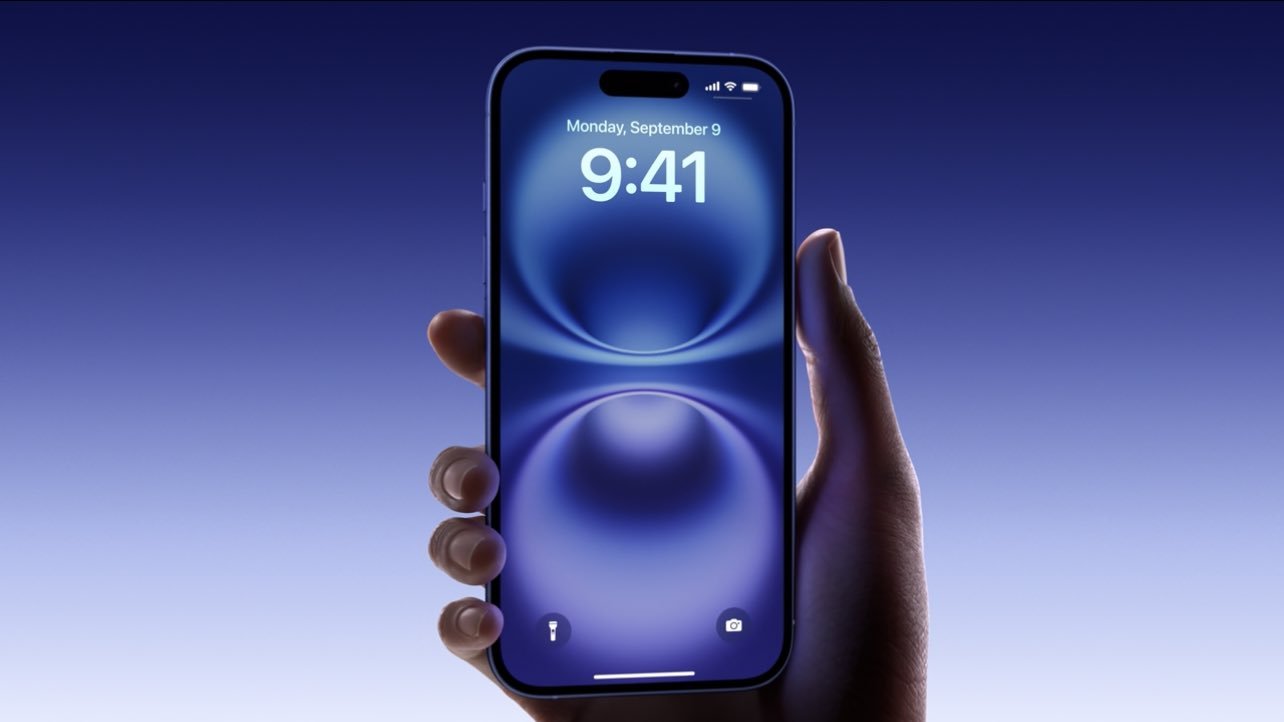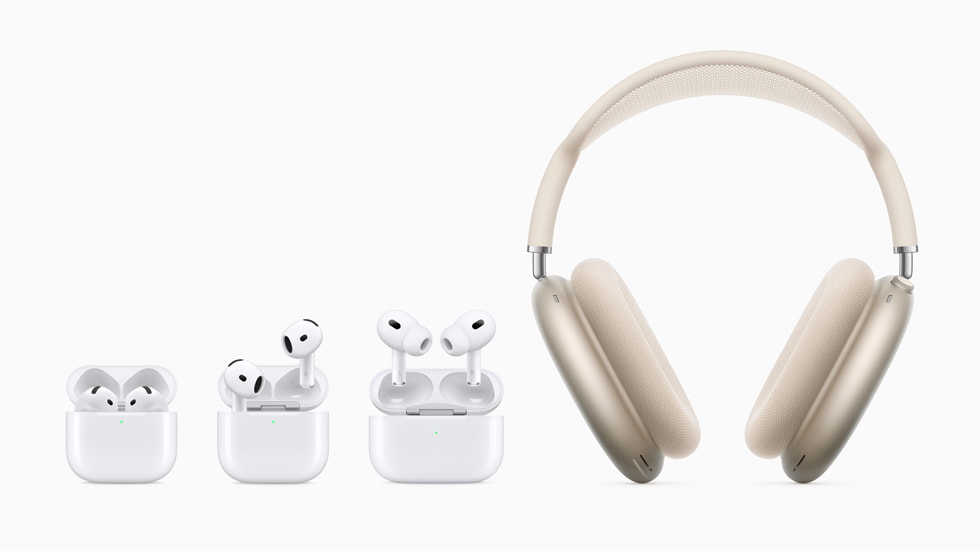With Apple’s latest “Glowtime” event earlier this week, the tech giant has signaled a new era in its ecosystem: an AI-powered one. Previously announced at Apple’s May WWDC event, Apple Intelligence is finally coming to the iPhone 16.
On paper, the possibilities are endless, but in practice, machine learning can’t succeed on gimmicky additions alone. When the new iPhones begin shipping on September 20, they need to really knock some features right out of the park. Here are four things Apple Intelligence must do to thrive on the new devices.
1) Enhance Siri’s Capabilities
Siri is a decent voice assistant, but it usually plays second fiddle to Google and Amazon’s offerings. That said, it does come with easy-to-use directions, daily weather reports, and more. It can handle plenty of complex tasks already, but with Apple Intelligence, it needs to be able to build on those complex tasks.
The next natural step is making sure it can tackle multi-step requests that give iOS users a more personalized experience. With Samsung offering Bixby, Google offering Google Assistant, and Amazon offering Alexa, Apple’s Siri really needs to showcase its significant, personalized upgrades, with natural language processing and more detailed contextual understanding so Siri can cater to, say, looking up restaurant reviews, building off the Visual Intelligence feature it showcased at its event.

2) Prioritize Privacy-Centric AI
Apple is already known for its privacy-first approach, with many features already encrypted onboard the device, not cloud storage. It’s already a good chunk of the way there—but it needs to do more. Apple’s devices, as an example, already keep health metrics tracked on the Apple Watch private. As Apple Intelligence expands to different health metrics that are tracked through your Apple Watch and can be reviewed on your iPhone, it will need to maintain that level of privacy to keep it ahead of companies like Google and Samsung, which are developing similar features.
3) Enhance Cross-Device Integration
Currently, Apple offers many different cross-device integrations with its AirPods, Apple Watches, and MacBooks. For example, you can check for directions and use your Watch to get to a location. But with Apple Intelligence, such as the new Writing Tools, which can help you rewrite an email or compose text across multiple different applications, it needs to seamlessly integrate across multiple platforms. The same goes for Priority Notifications, which if launched correctly can help create a more focused workflow as you get messages, emails, and more.

4) Invest in Third-Party Integration
Again, there are plenty of different smart assistant options with AI integrations. Apple is known for investing in innovative AI research and talent—and it’s apparent in the on-device language translations, Writing Tools, Genmoji and more. Apple needs to continue to invest in these AI startups and applications to create a more personalized, more privacy-centric AI experience on-device.




